 Materials needed:
Materials needed:
- LEGO bricks
- A stuffed bear or toy that can sit on it’s bum
- Ruler to measure bear/toy (optional)
- Paper and pencil/markers/crayons
Have the children look around the room and point to all of the chairs in the room. What do they notice is the same about all of the chairs? What is the difference?
Ask them to design a chair for their favorite stuffed bear/toy that is able to plop down in a sitting position. Ask them to think about their bear as they design a chair. What does the bear need to sit up right? What does the bear need to feel comfortable? How do you make sure the bear will fit in the seat of the chair?
- Optional: First ask them to draw out their chair design on a piece of paper.
- Optional: Have your child measure the bears legs, hips, and back so they know how big their chair should be.
Then have your child start to build a chair out of LEGO. If you do not have LEGO at home, you can use craft materials found around the house! Make sure to tell your child the chair needs to be sturdy and not break easily.
When they think that they are done with the chair, have them sit their bear in it. They can test the chair as many times as they want with the bear.
Have your child reflect on the success of the chair:
- Did the bear fit in the chair?
- Did the bear stay upright or flop over?
- Did the bear look relaxed or straight?
- Did the bears legs dangle or was there support for the legs?
Then there is the most fun part, the drop test.
**Take photos and videos of the chair before the drop test**
Have an adult take the chair and hold it at hip length, then let go of the chair and see what happens to it. If pieces flew off the chair, ask your child what they could do to make the chair sturdier!
Then repeat all steps as many times as necessary or make a chair for every stuffed friend in the house!
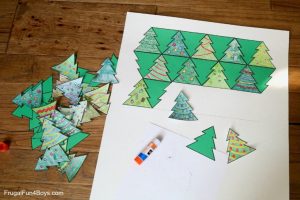 uite as nicely as mine!)
uite as nicely as mine!)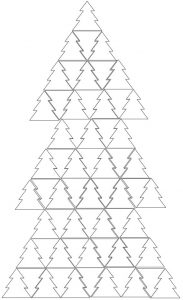

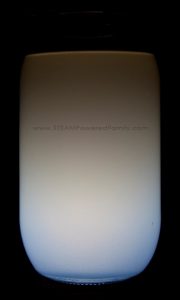 Material
Material The math memory works like a regular memory. Players take turns flipping two optional mugs. You should try to find a number that matches the number of pearls. If the mugs you have turned over do not form a pair, you turn the mugs upside down again. If the mugs are turned upside down in a pair, the player may take the mugs and count them as a pair.
The math memory works like a regular memory. Players take turns flipping two optional mugs. You should try to find a number that matches the number of pearls. If the mugs you have turned over do not form a pair, you turn the mugs upside down again. If the mugs are turned upside down in a pair, the player may take the mugs and count them as a pair. Materials needed:
Materials needed: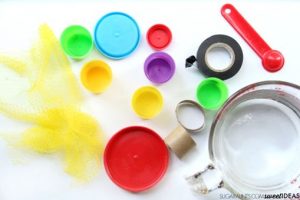 What you need:
What you need:
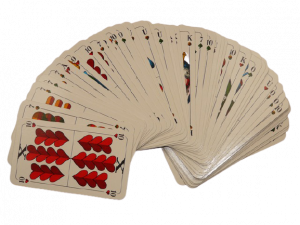 Objective: Recognize visual speech patterns; compare numbers to determine the larger value and associate number names, quantities and written numbers.
Objective: Recognize visual speech patterns; compare numbers to determine the larger value and associate number names, quantities and written numbers. Let one child at a time close their eyes, shake the container near one ear, the other ear, or at the neck of the child. Ask the child to tell you where the sound came from!
It is important that the rest of the group of children is as quiet as they can when performing this experiment, otherwise it will be difficult to hear the Sound!
Is sound heard everywhere?
Sound is conducted differently in different materials. That sound is heard even under water, you learn that when you dare to have your ears below the water surface, but that phenomenon can also be detected through a plastic container.
Ask the children (one at a time) to put one ear against a wooden object, and hold the other ear shut. Tap the wooden object lightly with the pen. Can it be heard? Continue with the other materials.
The children who dare, can lower their ears below the water surface in the pool if you bathe, then you tap with the pen against the pool edge.
Let one child at a time close their eyes, shake the container near one ear, the other ear, or at the neck of the child. Ask the child to tell you where the sound came from!
It is important that the rest of the group of children is as quiet as they can when performing this experiment, otherwise it will be difficult to hear the Sound!
Is sound heard everywhere?
Sound is conducted differently in different materials. That sound is heard even under water, you learn that when you dare to have your ears below the water surface, but that phenomenon can also be detected through a plastic container.
Ask the children (one at a time) to put one ear against a wooden object, and hold the other ear shut. Tap the wooden object lightly with the pen. Can it be heard? Continue with the other materials.
The children who dare, can lower their ears below the water surface in the pool if you bathe, then you tap with the pen against the pool edge.